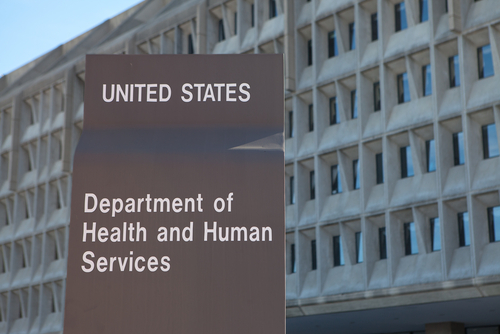
The Government Accountability Office (GAO) released a report on the National Disaster Medical System (NDMS) last week that called for efforts by the Department of Health and Human Services (HHS) to guarantee it has enough responders for emergencies and can evaluate training properly, a call echoed by Congressional leadership.
Currently, GAO reported, the HHS does not know if it has enough doctors and nurses with the necessary skills for a proper response, and that fact has already caused problems. In 2017, HHS faced a responder shortage that left it reliant on the Department of Defense to provide medical care during hurricane season. In 2018, it set an enrollment target for NDMS of 6,290 responders. Still, it failed to follow principles of effective strategic workforce planning, such as identifying critical skills or competencies needed for them to be effective. As of December 2019, HHS had 3,667 NDMS responders.
Training has also proven lackluster. The report noted that HHS requires responders to take web-based training before deployment, as a means of addressing characteristics important to the deployment. Yet the department provided no assurance of efficacy for these efforts and had no way of knowing the training’s effectiveness until after deployment, leaving responders potentially exposed to hazards. Just as troublesome, HHS officials said their in-person training was a more beneficial option, but unfortunately more expensive, limiting its use.
Despite this, HHS is responsible for leading public health and medical response to emergencies, as it has throughout the COVID-19 pandemic. As such, GAO has made five recommendations to HHS, all of which the department has agreed. Those recommendations included:
- Development of an NDMS responder workforce target that aligns with the goals and objectives in the upcoming strategic plan from the Office of the Assistant Secretary for Preparedness and Response;
- Creation of an NDMS responder workforce target that considers skills and competencies, along with items like nationwide crises or multiple concurrent events, the needs of those at-risk and the availability of other medical responders;
- Strategies to fill gaps and achieve the revised workforce target;
- A process to evaluate both web-based and in-person training provided to NDMS responders using GAO-identified key practices for evaluating training; and
- Development of a process or approach to prioritize various in-person training needs for NDMS responders while accounting for budget constraints.
Following the release of the report, bipartisan leadership from the House Energy and Commerce Committee encouraged the implementation of those recommendations and promised ongoing oversight.
“Whether it’s the Strategic National Stockpile, infectious disease modeling, or any other aspect of the government’s response efforts to public health emergencies and disasters, we must continue to look for opportunities to improve our preparedness efforts,” E&C Chairman Frank Pallone, Jr. (D-NJ) and Ranking Member Greg Walden (R-OR), said. “We are thankful to those who use their talents to respond to our nation’s emergencies and disasters, like the COVID-19 pandemic we are facing today. We encourage ASPR to implement the recommendations in the report, and we will continue to conduct oversight to streamline and further build the country’s ability to respond to public health emergencies.”




